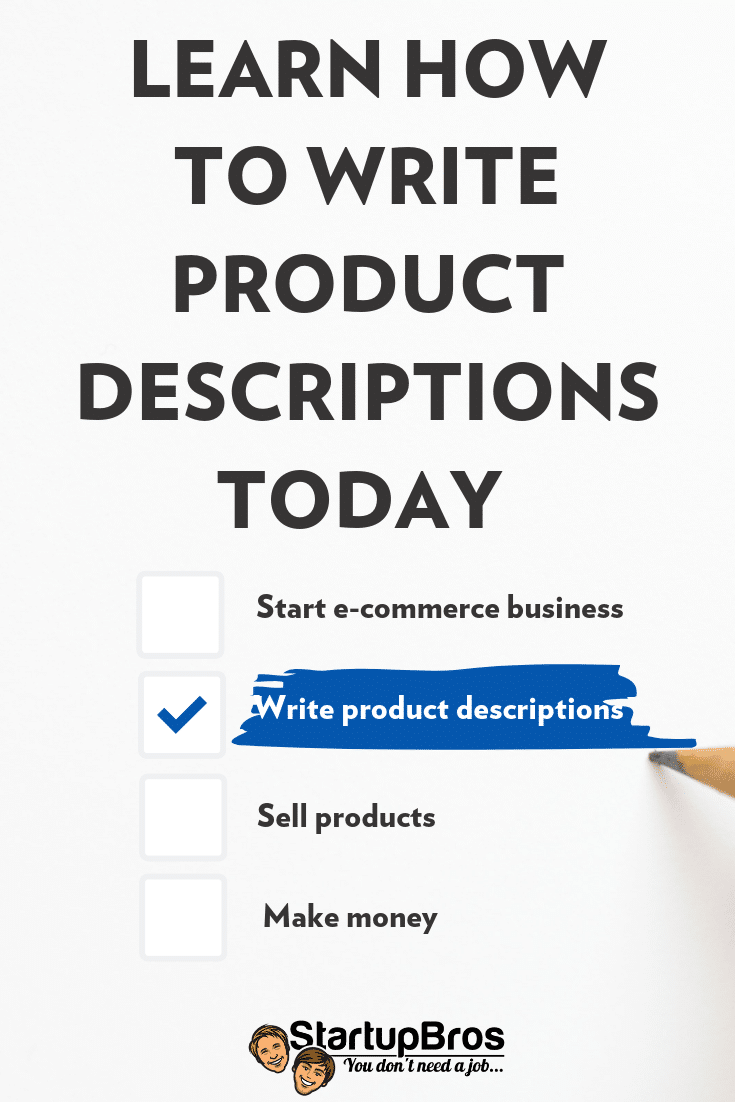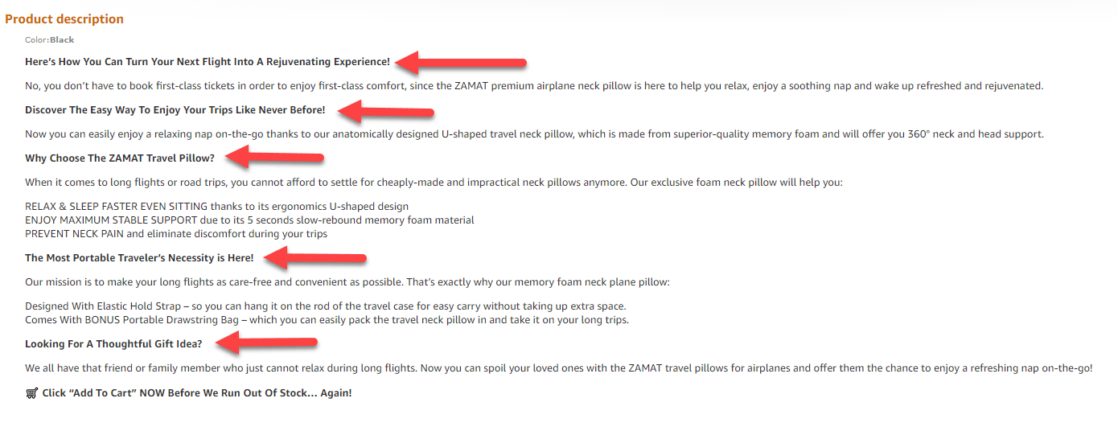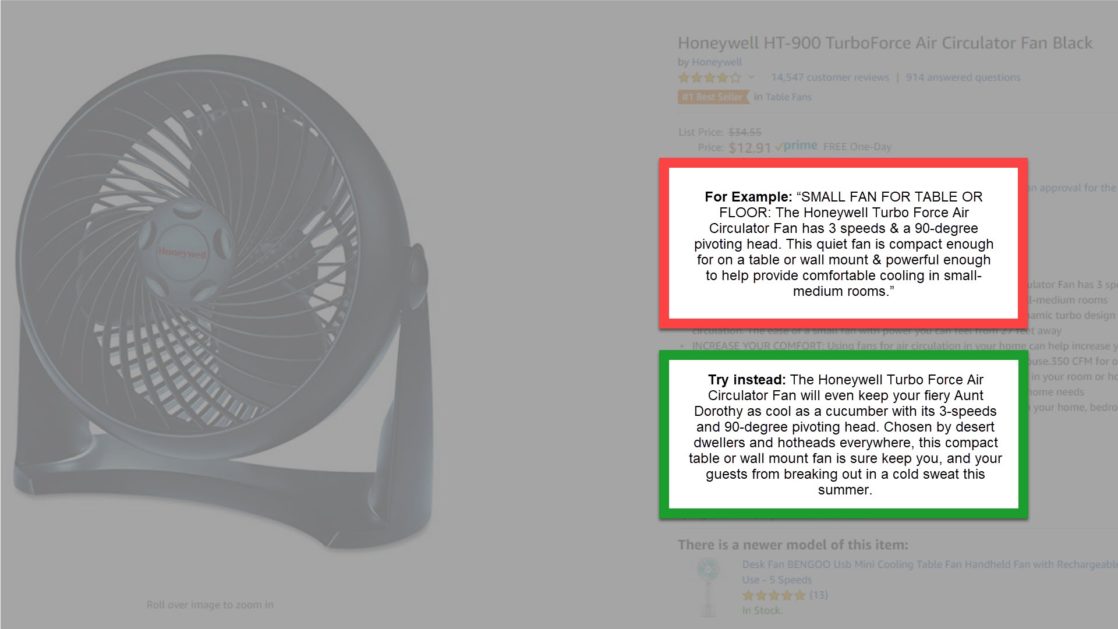As an online retailer, clear and vivid product descriptions can make or break your business.
Some say that photos are the most important part of listings.
But, unless they’re completed with descriptions that both explain your product and persuade a customer to buy it…
No one’s ever going to buy anything from you.
You Need…Product Descriptions to Drive Sales
A product description describes your product, what it is and why it’s worth buying.
It gives potential customers enough information about its features and benefits to draw them in and compel them to make a purchase.
It also plays a vital role in Amazon search rankings and conversions.
The trick is writing product descriptions that appeal to Amazon and your buyers;
Descriptions that stand out from the rest of the crowd, which isn’t an easy task.
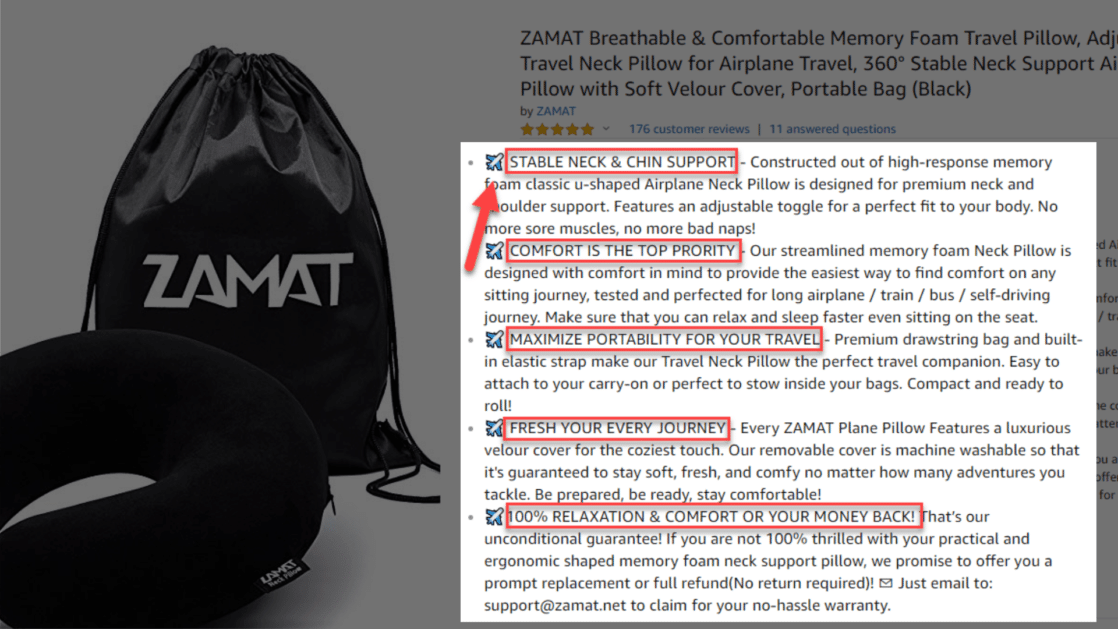
Check out the example above. They use plane emoji’s for a neck pillow that people will most likely use on a plane.
Then they focus on all the benefits their customers will experience in all CAPS!
So if you think you can skip the potentially tedious task of writing great product descriptions, think again.
Estimates show that there are over 1,750,000 sellers who have products listed on Amazon, each vying for customers’ attention.
Plus, more than 197 million people around the world visit Amazon.com every month – more than twice the population of France.
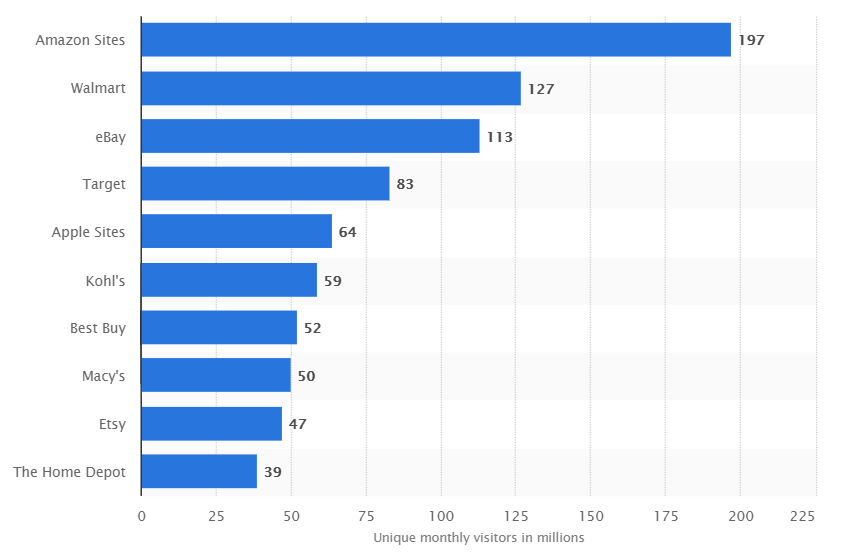
That’s market share you can’t afford to treat lightly.
Concise, friendly and honest descriptions of your products will bring customers back, time and time again.
You’ll receive good feedback, your inventory will sell, and your store will prosper.
What Makes a Great Product Description?
Product descriptions often include an overview of the manufacturer’s specifications.
It’s necessary information that’s important, such as height or weight, color variations, fabric content, specs (battery life and connectivity), warranty, and more.
It’s your job to add glitz, like your products unique properties, applications, and benefits.
Here’s a few things to keep in mind when writing your product descriptions:
- Don’t plagiarize: Although you should know and read your competitor’s product listings, don’t plagiarize no matter how tempting.
- Get to know your customer: Understand what they like, what they need to know, and how your product will benefit them.
- Don’t use product description generators: (Yes, they actually exist). If you do, it won’t be long before people catch on. They want uniquely you, not common and ordinary.
- Don’t stuff your listings with just words: Like top-of-the-line, first class or most amazing. Your product may be all those things, but rather than using superlatives, use real data to sell your product.
- Sell the benefits of your products: This is where knowing your customer really helps. If you know your customer base you know what they need, why they need it, and how your product can help.
- Try storytelling: Manufacturers’ product stats are necessary, but weaving the stats into a story will sell. Give ‘em something unexpected.
By the way, if you’re tempted to add your name or website URL, don’t.
Information like seller name (different than company name), email address, and promotional language is discouraged.
It also goes without saying that all product descriptions should be spell-checked prior to listing.
Using SEO Keywords in Product Descriptions
Many Amazon sellers think keyword research and SEO practices should be left to Google.
Truth is, SEO is an underutilized tactic when positioning your products on Amazon.
But, you should do it wisely.
You want to boost your products so they rank higher than competitors’ listings, and are seen by the right customers.
Amazon SEO includes keywords like product and brand names, as well as other closely-related terms that customers search for.
Note About [Keywords]
For example: Someone is searching for a new cable for his or her iPhone, you might include keywords like ‘phone cable’, ‘iPhone cable’, ‘charging cable’, ‘iPhone charger’, ‘iPhone charging cable,’ etc.
Amazon SEO integrates all of these terms into product descriptions, titles, and other areas of your Amazon product listing.
As simple as that may seem, it’s not always cut and dry.
Not all shoppers use the same keywords when searching for a product.
But, creating a list of Amazon keywords and using them in your product descriptions is a great start.
To help, there are many keyword research tools that might be worth checking out.
Take Advantage of Free Keyword Tools…
Use a tool like Sellics, an Amazon software that offers a free keyword research tool called Sonar.
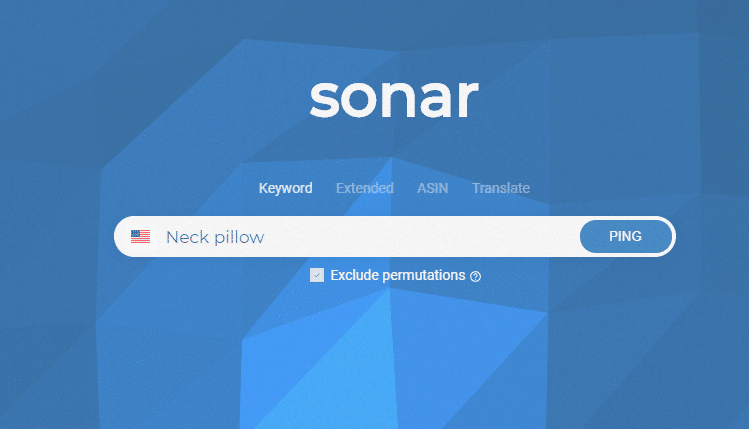
Using Sonar to search for ‘neck pillow’ these are the terms found.
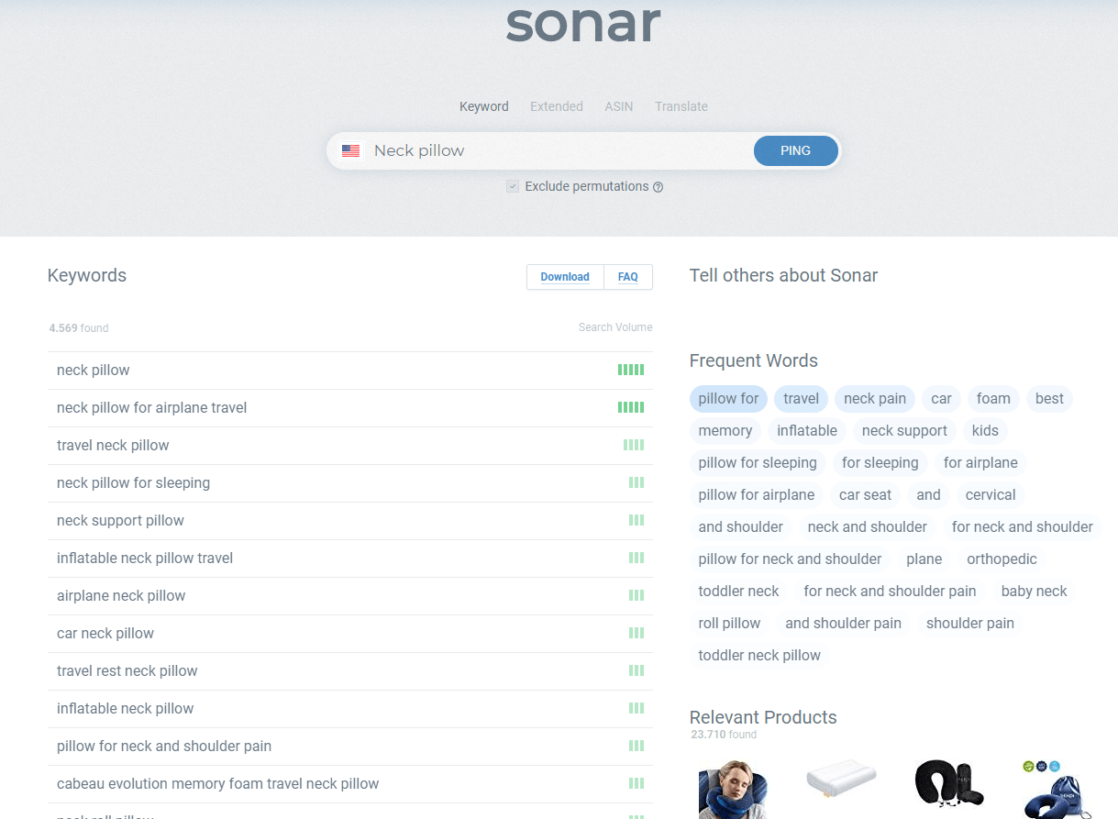
There is a button for downloading the complete list (which is recommended).
But in the free version of Sonar you won’t get specific search volume for these keywords.
If you notice the green bars on the right hand side of the keywords that’s how you can see how popular a keyword is currently.
The green bars light up 1 to 5 and 5 is very competitive and 1 is the least competitive.
This is a great place to start.
Creating ‘Quality’ Product Descriptions, According to Amazon
As a seller, you need to create quality Amazon listings.
Two of the most important reasons why (according to Amazon) are:
- If your product description doesn’t meet Amazon’s standards, it will be flagged as a low-quality listing and likely suppressed or removed – killing sales.
- Low-quality product descriptions won’t rank as well as higher quality descriptions in Amazon’s product search, also killing sales.
So, what does a seller do?
Optimize Your Product Title
Amazon allows sellers 250 characters or your product title.
They also recommend you use a formula when creating your title.
Headline Formula
Product Brand/Description + Line/Collection + Material/Ingredient + Color/Size + Quantity

Your particular product may not need to include everything in the formula above.
A good rule of thumb is – without stuffing your product title, include all the information you think your customers need to make a buying decision.
Don’t forget to include keywords that you found using Sonar in your product title.
Create Stand-out Images
Before you invest money shooting your product images, you should know that Amazon has strict guidelines for all product images.
If you don’t follow the rules, your listing may be flagged as low-quality, which will affect your search rankings and may even lead to Amazon pulling your listing.
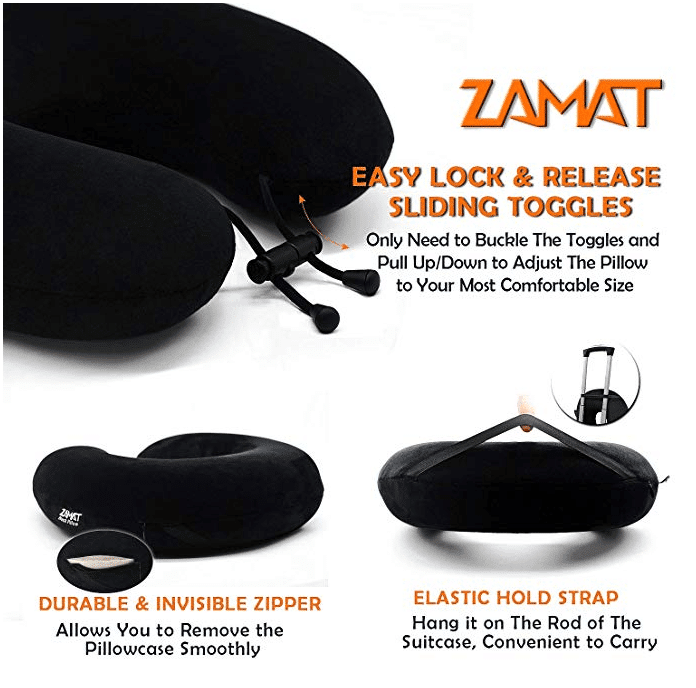
Here’s what you need to know:
- Product images must be great quality. If you use your own camera or smartphone, edit the photos so they at least look professional.
- Your images must accurately portray your product.
- Amazon prefers your main image is shot on a white background. If that’s not possible, edit your photos by taking out the background.
- If applicable, use additional images to show your product in use, zooming in for a close-up, and shooting at varying angles. In fact, Amazon prefers you use as many images as possible to help shoppers see product details.
- Amazon has a minimum image size of 1000 x 500 pixels for ALL of your product images. This activates Amazon’s zoom feature to give your customers a closer look at your product.
- Products should also take up 85% of the image area, so if a background exists, edit it so the product takes center stage.
Studies by the National Retail Federation show that 63% of consumers believe good images are more important than product descriptions…
Correctly Use Bullet Points
Amazon product listing pages feature bullet points called Key Product Features.
These bullet points let shoppers quickly scan your product’s features.
Bullet points also let you use your keywords to maximize Amazon SEO.
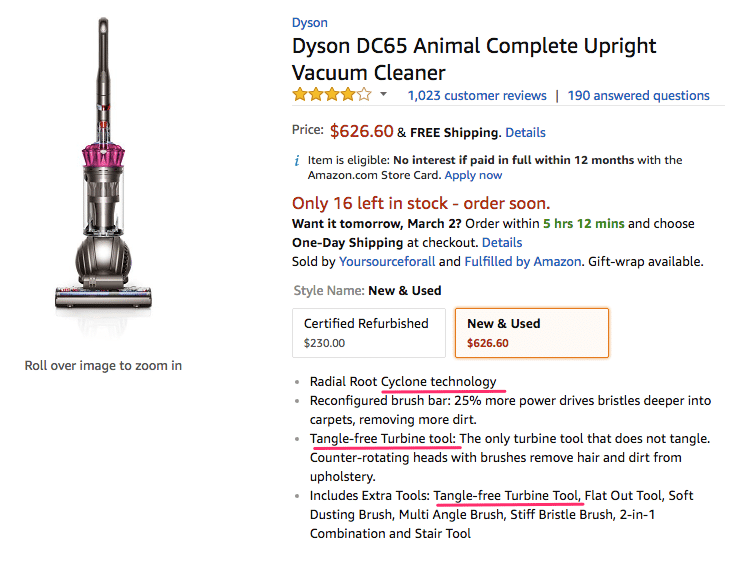
You can add up to five bullets, with up to 100 characters for each line.
Of course, you don’t have to use five bullet points, but for SEO reasons, five is best.
Your bullet points should include information like product name, special features, sizing or dimensions, product use, guarantees and warranties, and more.
Since bullet points are scanned by most shoppers, use them wisely and give your customers the most helpful information possible.
Keep in mind that Amazon won’t let you use promotions, coupons, pricing information or free shipping offers in your bullet points.
Set Your Price
Not always fair but the truth is that on Amazon, the lowest price listing gets the buyers attention first.
And it usually includes shipping (for non-Prime members).
The most successful sellers on Amazon try to be the combined price leader:
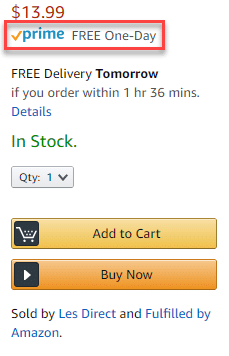
They’ll use Amazon FBA (Fulfillment By Amazon) so products ship free to Prime members and win the buy box with the lowest price.
Take a look at your competitors often.
If you list your product for a lower price, you may find a competitor lowering their prices to match it or beat it.
But if you can’t list your product lower than your competitors, your product descriptions will become all the more valuable for winning the sale.
That’s why, even over price, product descriptions are the central tenets for reaching Amazon customers.
Use Inventory Templates
Amazon offers helpful inventory templates for each product you list on your seller’s page.
There are a few steps to follow to see which category your product belongs in, and which template to download.
You start by choosing a category for your product using the Product Classifier.
Then, fill out the inventory template file, add Product Data to Your Inventory File, and upload the inventory file using Add Products via Upload.
Common Mistakes When Writing Product Descriptions for Amazon
Look, mistakes happen…
But, when you’re counting on your products to sell there are some things you just can’t let happen.
- Misspellings
- Poor grammar or unclear descriptions
- Plagiarized content. You won’t even want to copy the manufacturer’s description word-for-word. Be creative and unique.
- Focusing on the features of your product, rather than the benefits. Your customers what to know how your product benefits them and why they need it.
- Language that only a scholar would understand and appreciate. Product descriptions should be friendly and easy to understand.
- Using boilerplate language. Or, using a template for the majority of your descriptions and only filling in the blanks with your own product name.
Wrapping This Up…
Creating your product descriptions can either be a tedious task or a moment of opportunity.
The words you choose, the photos you upload, and the keywords you incorporate all matter.
Together, they help sell your products, help your brand shine, and let customers know why they should care about your products.
Product descriptions shouldn’t simply provide the basics, but instead, point out why your product(s) improve their lives.
If you can convince your customers, you’ll get customers to click the ‘add to cart’ button, and your Amazon store with show a profit.
So, do words really matter?
According to a study by the Nielsen Norman group, 20% of failed purchases can be blamed on lack of product information.
You have a limited amount of time and space to grab the attention of your audience on Amazon.
Don’t waste that space.
Additional resources you might be interested in:
- How to Use Facebook Ads to Grow Your Amazon Business
- How Does Merch by Amazon Work: The Complete Guide
- How to Start Selling on Instagram
Special Offer…
For 2020 we’ve completely updated and launched a brand new Amazon business course that teaches first time entrepreneurs how to launch their very own physical product Amazon business fast. We give you all the training to write product descriptions that sell. And if you want to check that out and see if it’s right for you click here…
